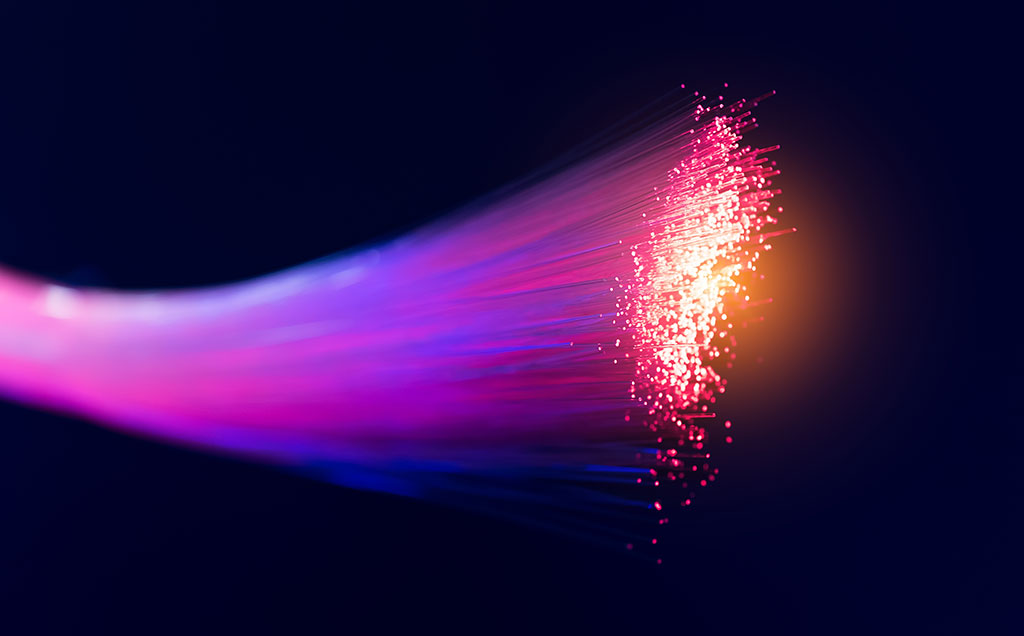Beyond the 5 Reasons Why Fiber Optics Fail

How do we define a failure of fiber optics? First, this violates the integrity of protective covers and other structural elements, including optical fibers, through which information is transmitted. Not all breakages lead to a failure, but they can cause deterioration in the signal, namely attenuation, which results in a degradation of transmission power.
What Can Affect Fiber Optics?
Let’s look at the damage to the fiber optic. One of the most common is complete or partial breakage. This can happen due to external or mechanical extrusion to the protective covers (for example, moisture penetrating sheath). There are 5 reasons why it may happen:
- 1 – Due to construction and installation works or vandalism – such damage can be detected visually.
- 2 – From soil movement (landslides, mudflows, etc.). This causes a cable breakage, leading to an increase in attenuation.
- 3 – Rodent/fire damage.
- 4 – Improper sealing and moisture ingress into the fiber optic cause an attenuation increase and sometimes a rupture of the optical fiber when water freezes. These happen:
- when laying the cable (sheath tearing);
- when violating the sealing and termination technology.
- 5 – Macrobending, which increases attenuation. Macrobend appears:
- When laying a cable, in breach of technology;
- Due to extreme weather conditions.
All of the above causes:
- Partial or complete signal loss requiring quick response;
- An increase in attenuation and poor transmission power.
How to Detect Fabric Optics Failure?
How to reveal fiber optics failure? The signal transmission stops when breakage occurs. However, the equipment may continue running if attenuation increases and there is enough power budget. Such damage can’t be immediately detected, so it’s important to do troubleshooting.
During Breakage
The simplest diagnosis tool is the Visual Fault Locator (VFL). It employs a bright laser beam (usually red) easily visible to the human eye.
Typically used for Tier 1 certification, a light source and power meter (LSPM – light source and power meter) or an optical loss tester (OLTS – Optical Loss Test Set) can also be used for troubleshooting.
During Increased Attenuation
For increased attenuation, troubleshooting is also made with the VFL or LSPM. The presence of a macrobend and location can be determined by measuring at two wavelengths. Straightening is possible if a bend isn’t very large and the cable is undamaged. In case of damage to the protective elements of the cable, the tightness should be restored using special tapes or a jacket.
More issues can be found in terminal devices (connectors) and equipment. Poor-quality installation, pigtails, and optical sockets usually trigger problems with connectors.
Other Causes
As shown, issues in fiber optic networks may occur for various reasons. In addition, a very common problem is the incomplete entry of the plug into the connector. Such a plug is difficult to notice on a filled patch panel.
An even more common cause is poor termination: air gaps and high insertion loss (IL) or scratches, defects, and contamination on the connector surface. Dirt is known to be one of the causes of failures in fiber optic cables. Dust, fingerprints, and other oily substances cause excessive loss and sometimes completely damage the surface of the connectors.
The incorrect fiber splicing, misalignment, and wrong polarity can’t be excluded. Poor cable management can put pressure on the connector, causing it to shift. The plug may be incorrectly inserted and connected to the mating part. Frequent causes are broken latches on connectors or adapters.
Finally, the overall design of the cabling system can lead to insertion loss and poor performance; even if all connectors are high quality, clean, and properly terminated, there can be too many connections per channel, and the loss may exceed the values specified in the specification for a particular application. The same goes for a multimode fiber if the distance limits are violated, resulting in high inter-mode distortion.
What Causes Poor Connection at Home
You’ve got rid of copper cables and instead have a modern FTTH connection for your home theater, but you still struggle to have a high-quality surround sound due to slow fiber optic in the evening. Why is that? The answer is local competition for bandwidth. People come back from home and use the internet more than in the morning or afternoon. That’s the cause of the problem.
Or, have you moved your devices and equipment recently? Perhaps, you accidentally unplugged the network cable while cleaning the house, or the cable got overstretched. It isn’t hard to damage the fiber optic since it’s made of glass.
Why You Loose Connection at Work
A trivial cause of connection loss at work might be somebody moving PCs or disconnecting and then improperly connecting them. The fiber can also break during hardware upgrades, incorrect reconnection, and accidental disconnection in a server rack. Pulled cable when the PC is moved can also cause problems.
Resolving Fiber Optic Failures
We’ve just listed reasons why fiber optic may fail. Getting the most out of your AV structured cabling means relying on your fiber, but faults occasionally occur. If you need to troubleshoot or upgrade your home or office network for high-speed internet, reach out to Expert Tech to get the service available in your area in NYC.

